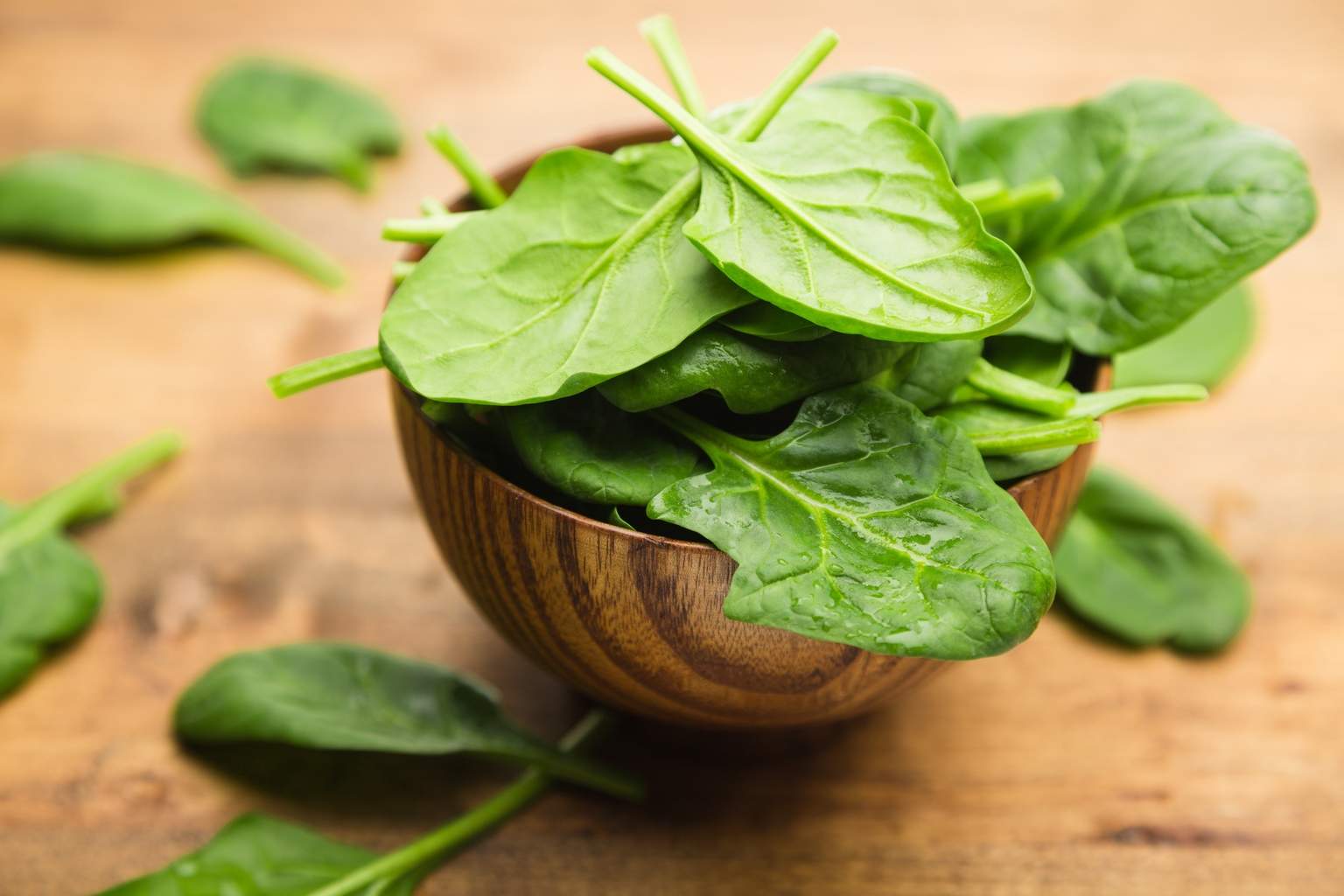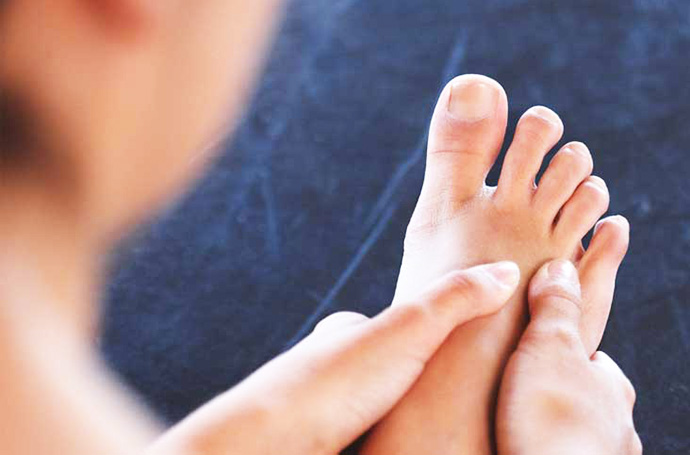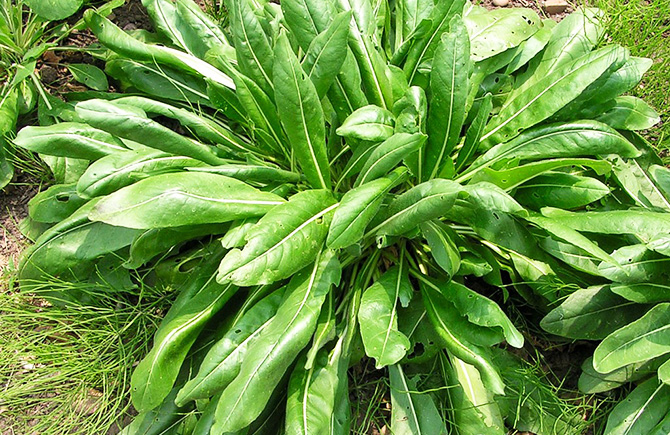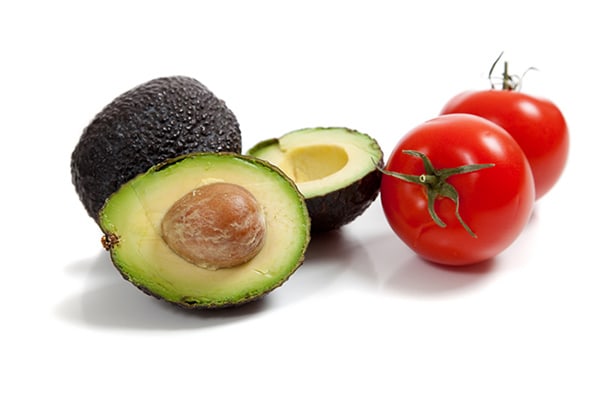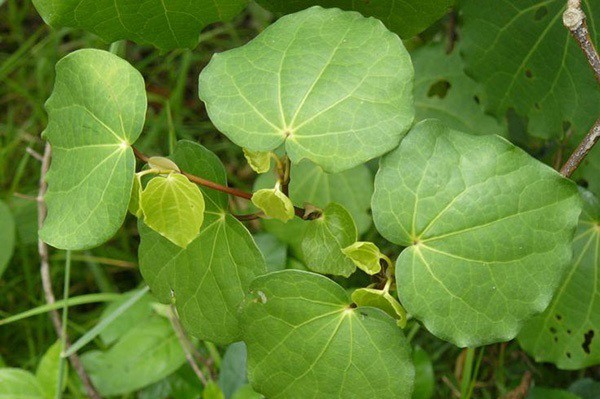Woad is a flowering plant that is related to cabbage. It is said to have originated from Central and Western Asia, but it’s also long been cultivated in various parts of Europe. Woad is actually popularly used as a source of blue dye which is obtained from its leaves. This is exactly the reason why it is also sometimes called “dyer’s woad”.
Apart from the production of dye, woad is also cultivated for its medicinal purposes. The roots and leaves are the ones that are commonly employed for treating a variety of problems. Woad is also revered for its ability to fight off cancer. In fact, it is said to have more superb anti-cancer properties than others that are a part of the brassica family — cruciferous vegetables to many — such as broccoli, cauliflower, horseradish and mustard greens.
However, woad is more commonly employed topically as a remedy for various problems concerning the skin. Some of them include tick bites and chicken pox. Traditionally, woad is used for disinfecting minor wounds and preventing an infection from happening because it has excellent antimicrobial properties.
So without further ado, let’s take a look at some of the health benefits that are associated with woad:
It Treats Parotitis
Parotitis is characterized by the inflammation of the parotid gland, which is a major salivary gland. When you have mumps, one of the problems associated with it is parotitis. Woad possesses anti-inflammatory properties, and that is why its topical use can be very beneficial to those who are suffering from parotitis.
It Also Heals Aphthous Ulcers
Medical doctors call them aphthous ulcers, but everybody else is calling them canker sores. Unlike cold sores that are due to the herpes simplex virus, canker sores are not contagious and they do not appear on the lips. One of the traditional remedies for canker sores is woad, courtesy of its anti-inflammatory and anti-bacterial properties.
It Helps Stop Diarrhea
Speaking of anti-bacterial properties, woad is also sometimes used for putting an end to diarrhea. It does so by killing off bacteria in the gut that is causing the stools to be watery. However, woad is rarely taken orally most especially in strong doses because of its very strong astringent properties, which means it can cause the tissues to contract.
It Disinfects Wounds
Because of its astringent properties, woad is commonly used for treating minor wounds. Its ability to fight off bacteria makes it superb for warding off an infection. Woad is commonly employed for treating skin problems in the form of infusion, and sometimes prepared as an ointment, too.
It Alleviates Tick Bite Symptoms
One of the traditional uses of woad is for the treatment of tick bites. Some tick bites can actually cause further problems, such as headaches, nausea, muscle aches and pain, and flu-like symptoms. Usually, these associated symptoms appear a few days after the individual has been bitten by ticks.
It Also Treats Bone Infection
Another traditional use of woad is for the treatment of bone infection, or what doctors call “osteomyelitis”. It is possible for a bone infection to be caused by bacteria and fungi. Since it is a very serious matter, it’s very important for a person who has it to strictly follow the treatment course provided by a specialist.
Warning
Just like when using any other herb or herbal product, make sure that the help of an experienced herbalist is sought. It is possible for some people to develop unfavorable reactions to herbs even though they come from nature. If unwanted side effects are encountered, usage should be discontinued right away.
Pregnant and breastfeeding women should refrain from using woad. If you have a medical condition, make sure that you let your doctor know about your intention to use woad. That’s because it is very much possible for the intake of any herb to interfere with the action of medications taken.
Sources: woad.weebly.com
